Parmenides of Elea: What Is Versus What is Not
(1) The car that bears me carried me as far as ever my heart desired, when it had brought me and set me on the renowned way of the goddess, which leads the man who knows through all the towns. On that way was I borne along; for on it did the wise steeds carry me, drawing my car, and maidens showed the way. And the axle, glowing in the socket—for it was urged round by the whirling wheels at each end—gave forth a sound as of a pipe, when the daughters of the Sun, hasting to convey me into the light, threw back their veils from off their faces and left the abode of Night.
There are the gates of the ways of Night and Day, fitted above with a lintel and below with a threshold of stone. They themselves, high in the air, are closed by mighty doors, and Avenging Justice keeps the keys that fit them. Her did the maidens entreat with gentle words and cunningly persuade to unfasten without demur the bolted bars from the gates. Then, when the doors were thrown back, they disclosed a wide opening, when their brazen posts fitted with rivets and nails swung back one after the other. Straight through them, on the broad way, did the maidens guide the horses and the car, and the goddess greeted me kindly, and took my right hand in hers, and spake to me these words:
Welcome, O youth, that comest to my abode on the car that bears thee tended by immortal charioteers! It is no ill chance, but right and justice that has sent thee forth to travel on this way. Far, indeed, does it lie from the beaten track of men! Meet it is that thou shouldst learn all things, as well the unshaken heart of well-rounded truth, as the opinions of mortals in which is no true belief at all. Yet none the less shalt thou learn these things also,—how passing right through all things one should judge the things that seem to be.
But do thou restrain thy thought from this way of inquiry, nor let habit by its much experience force thee to cast upon this way a wandering eye or sounding ear or tongue; but judge by argument [Logos] the much disputed proof uttered by me. There is only one way left that can be spoken of…. R. P. 113.[1]
Such is the opening of the one and only treatise attributed to Parmenides, one of the most prominent and influential of the Pre-Socratic philosophers who flourished in the late 6th and early 5th century BCE from Elea, a town in Southern Italy which became one of the centers of philosophical development in the Hellenic world in antiquity, the so called Eleatic School. The poem is believed to have been almost 800 verses in length, and although it only survives in fragmentary form through quotations and excerpts from later authors, it is believed that much of it – and specifically the part that pertains to the mode of inquiry which is to have a such a significant impact on subsequent philosophical development in and around the Mediterranean for centuries afterwards – has been preserved.[2]
In this passage above, Parmenides describes his journey on a chariot up to the gates of heaven led by the maidens of Sun god (Helios) up to the halls of Night, i.e. the realm of the dead, which is guarded by Justice herself. The whole treatise therefore is rooted in ancient Mythos that is reflective of the general belief systems that permeated the Mediterranean at the time. The language of the work entitled On Nature is Greek hexameter verse, the same linguistic form of the epic poems of Hesiod and Homer, speaking directly to the continuity of tradition, at least at this period of philosophical development in the Hellenic world, of the form of “inspired” writing and poetic verse which was a legacy of pre-historical antiquity.
The entire treatise in fact, is hinged ancient pre-historical language and terminology, not just with respect to language it is written in, but also in terms of the overall narrative which is steeped in references to the gods and goddesses which were so reflective of the prevailing Mythos of the time. We have the abode of Night, and the very goddess who was so instrumental in establishing order and justice in the Orphic Theogony as the very same goddess who “reveals” the Way of Truth to Parmenides, and even a reference to the role of Eros as one of the primary forces of nature which speaks directly to the heritage of Hesiod’s Theogony.[3]
In particular, we see this notion of change explored in some detail, couched in what can only be deemed pre-historical terms of the assimilation and interaction of opposing forces – in this case dark and light and male and female, quite reminiscent of the mode of inquiry and metaphysical foundation of Far Eastern thought as reflected in the Yijing.
The thing that can be thought and that for the sake of which the thought exists is the same; for you cannot find thought without something that is, as to which it is uttered. And there is not, and never shall be, anything besides what is, since fate has chained it so as to be whole and immovable. Wherefore all these things are but names which mortals have given, believing them to be true—coming into being and passing away, being and not being, change of place and alteration of bright colour. R. P. 119.
…
Mortals have made up their minds to name two forms, one of which they should not name, and that is where they go astray from the truth. They have distinguished them as opposite in form, and have assigned to them marks distinct from one another. To the one they allot the fire of heaven, gentle, very light, in every direction the same as itself, but not the same as the other. The other is just the opposite to it, dark night, a compact and heavy body. Of these I tell thee the whole arrangement as it seems likely; for so no thought of mortals will ever outstrip thee. R. P. 121.
…
Now that all things have been named light and night, and the names which belong to the power of each have been assigned to these things and to those, everything is full at once of light and dark night, both equal, since neither has aught to do with the other. R. P. 123, 124
…
The narrower bands were filled with unmixed fire, and those next them with night, and in the midst of these rushes their portion of fire. In the midst of these is the divinity that directs the course of all things; for she is the beginner of all painful birth and all begetting, driving the female to the embrace of the male, and the male to that of the female. R. P. 125.[4]
We can see in these different fragments and quotation from the work, not an altogether dismissal of the belief in the nature of the universe and its becoming into existence as the mixing and interaction of opposing forces, forces which emerge from and have their ultimate source in some divine being, a precursor to Plato’s Demiurge. We see Parmenides elucidating (and not ignoring or dismissing) the existence of the basic elemental forces of dark and light, male and female, but a hint of a different perspective on how these basic universal attributes should be looked at if one is trying to understand the basic nature of reality, i.e. the nature of change.
For if nothing else, On Nature represents one of the first attempts in the Hellenic intellectual tradition to try to describe the attributes of “what Is” (to eon), a precursor to Aristotle’s notion of “being qua being”, as well as the process by which one can come to an understanding of “true reality” (alêtheia), i.e. reason or Logos, each of which comes to represent the basic hallmark characteristics of the Hellenic philosophical tradition – a tradition which we understand today as it is reflected primarily in the works of Plato and Aristotle and through later interpretations of their works by subsequent “philosophers”. Both Plato and Aristotle in fact each alludes to and refer to Parmenides as one of the early expounders of philosophy, even if again his ideas are looked upon as incoherent or lacking insight or clarity in certain matters. In the case of Aristotle in particular, it is Parmenides’s notion of change and its relationship to the definition of “reality” which he takes issue with, the detailed and systematic description of which represent the overarching purpose and themes of Aristotle’s works of course.[5]
Once Parmenides has been allowed into the abode of Night, the goddess begins to teach him the way of true knowledge, in language that is cryptic and full of contradictions that is reminiscent of the language and way of understanding that is presented by Laozi in the Far East actually.
(4, 5) Come now, I will tell thee—and do thou hearken to my saying and carry it away—the only two ways of search that can be thought of. The first, namely, that It is, and that it is impossible for it not to be, is the way of belief, for truth is its companion. The other, namely, that It is not, and that it must needs not be,—that, I tell thee, is a path that none can learn of at all. For thou canst not know what is not—that is impossible—nor utter it; for it is the same thing that can be thought and that can be. R. P. 114
(6) It needs must be that what can be spoken and thought is; for it is possible for it to be, and it is not possible for what is nothing to be. This is what I bid thee ponder. I hold thee back from this first way of inquiry, and from this other also, upon which mortals knowing naught wander two-faced; for helplessness guides the wandering thought in their breasts, so that they are borne along stupefied like men deaf and blind. Undiscerning crowds, who hold that it is and is not the same and not the same, and all things travel in opposite directions! R. P. 115[6]
Here Parmenides describes “what Is” (to eon), as being related to that which can be thought or spoken of. Here we have some of the beginning aspects of classical Hellenic philosophical inquiry presented with respect to the relationship of thought (which eventually morphs into Plato’s Forms), as well as the presentation of language, or speech, as the expression of thought (which becomes a key part of the Stoic epistemological tradition for example) herein established as the foundations upon which knowledge – that which can be known and in turn that which can be said to “exist” or is “real” – are put forth. So while Parmenides presents his treatise in very pseudo-Orphic, illuminary context, i.e. that knowledge itself is “revealed” rather than “understood” or “taught”, he still nonetheless espouses the doctrine that a way of truth, as determined by reason, again Logos, does in fact exist and can, and should, be used to help define “true reality” (alêtheia).
While later interpretations of Parmenides’s thought are couched in terms of classical Hellenic philosophical inquiry, there are clearly significant remnants of pre-historical Mythos that permeate the work. It should be kept in mind that the bulk of extant fragments from the poem that have been preserved have been done so to either prove or disprove various perspectives of philosophical inquiry by later authors, all of whom had some sort of axe to grind so to speak but regardless of which axe is being grinded they all are trying to prove or disprove certain points or aspects of philosophical inquiry. Even in the modern academic literature, Parmenides is viewed in terms of the role he play in the development of classical Greek philosophy per se, not necessarily as a bridge between pre-historical Mythos – and the divine revelationary aspects to which it is fundamentally related – and Logos, which provides the intellectual foundations for all subsequent philosophical development.
In this context Parmenides and his poem On Nature does indeed represent one of the early milestones on the intellectual evolutionary journey of philosophical development in ancient Greece. And despite the strong undercurrent of mythological and illuminary themes, the work does nonetheless represent a significant break in the Hellenic intellectual tradition by expounding upon the mode of inquiry into how an understanding and comprehension of true reality is to be arrived at from which the foundations of knowledge itself upon which it is based should be constructed. This method of inquiry, what came to be understood as Logos, which was the standard method which was used to ascertain the properties of change which was never challenged as the ultimate property of material existence, was to be a hallmark of the philosophical tradition in the Hellenic world.
[1] Early Greek Philosophy, translation with notes and commentary by John Burnet. Chapter IV., Parmenides of Elea. 3rd editions (1920). London. From http://www.classicpersuasion.org/pw/burnet/egp.htm?chapter=4
[2] See Palmer, John, “Parmenides”, The Stanford Encyclopedia of Philosophy (Fall 2016 Edition), Edward N. Zalta (ed.), URL = <http://plato.stanford.edu/archives/fall2016/entries/parmenides/>.
[3] “(13) First of all the gods she contrived Eros. R. P. 125”. From Early Greek Philosophy, translation with notes and commentary by John Burnet. Chapter IV., Parmenides of Elea. 3rd editions (1920). London. From http://www.classicpersuasion.org/pw/burnet/egp.htm?chapter=4
[4] Early Greek Philosophy, translation with notes and commentary by John Burnet. Chapter IV., Parmenides of Elea. 3rd editions (1920). London. From http://www.classicpersuasion.org/pw/burnet/egp.htm?chapter=4
[5] For Aristotle’s perspective on Parmenides’s “philosophy”, see Cael. 3.1.298b14–24; Metaph. 1.5.986b14–18, Ph. 1.2.184a25-b12. References from Palmer, John, “Parmenides”, The Stanford Encyclopedia of Philosophy (Fall 2016 Edition), Edward N. Zalta (ed.), URL = <http://plato.stanford.edu/archives/fall2016/entries/parmenides/>. With respect to Plato’s perspective on the “philosophy” of Parmenides, he dedicates an entire dialogue to the topic, i.e. the Parmenides, where a discussion between Parmenides and Socrates is narrated and Plato’s Theory of Forms is defended at length through a series of lengthy deductive arguments. See Rickless, Samuel, “Plato’s Parmenides”, The Stanford Encyclopedia of Philosophy (Spring 2016 Edition), Edward N. Zalta (ed.), URL = <http://plato.stanford.edu/archives/spr2016/entries/plato-parmenides/>.
[6] Early Greek Philosophy, translation with notes and commentary by John Burnet. Chapter IV., Parmenides of Elea. 3rd editions (1920). London. From http://www.classicpersuasion.org/pw/burnet/egp.htm?chapter=4

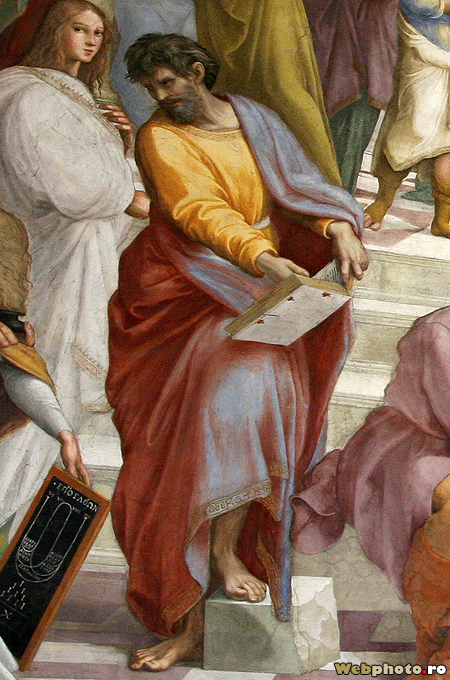
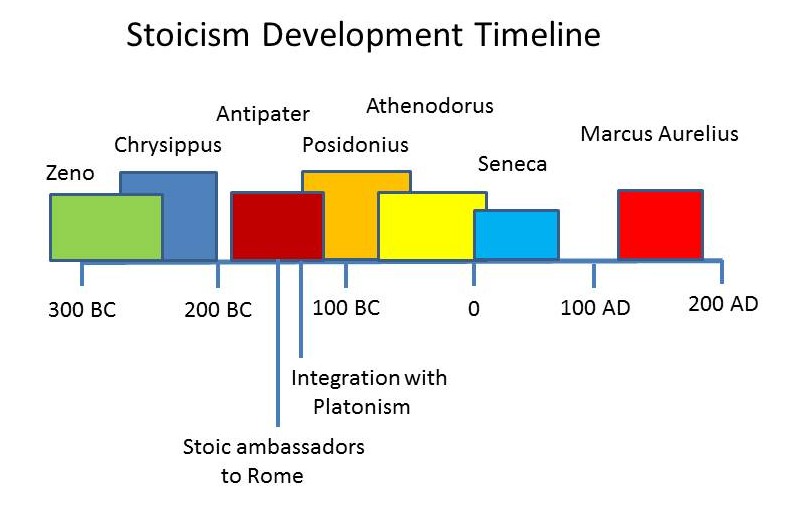
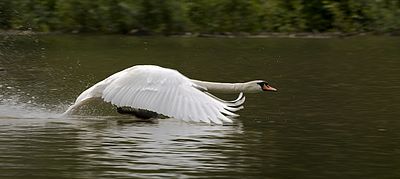
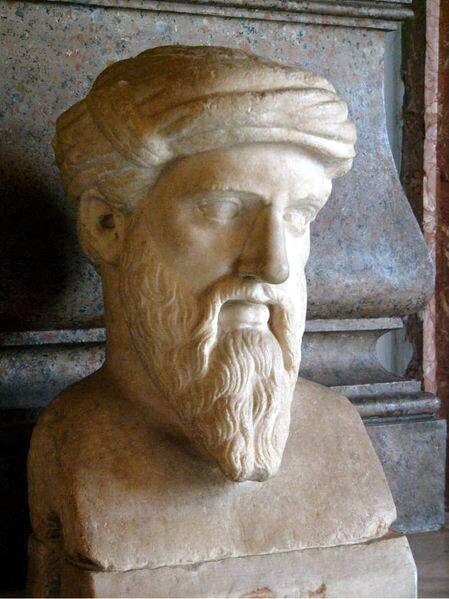
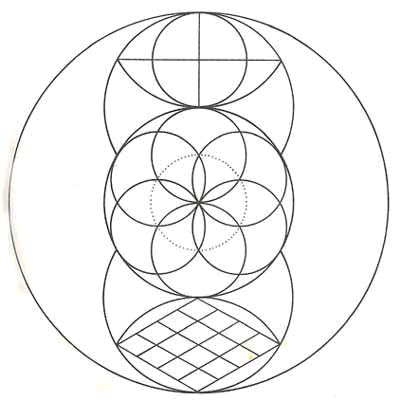
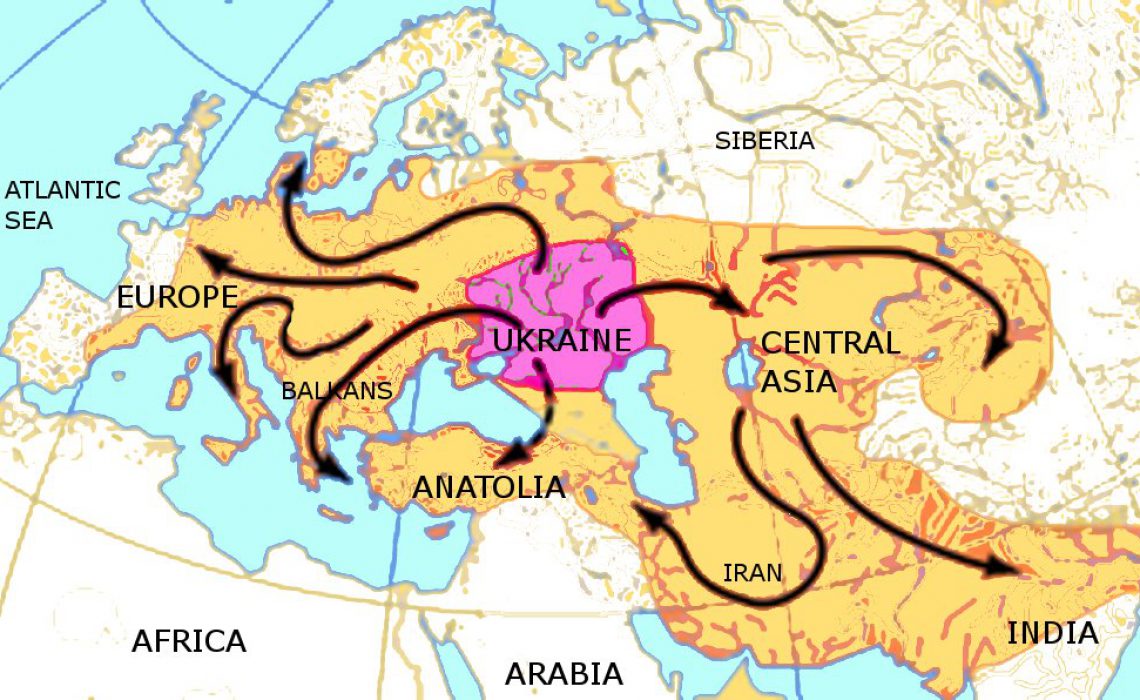
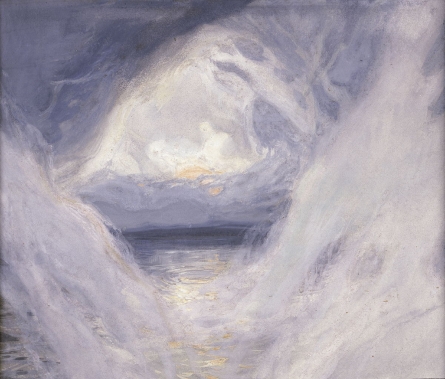
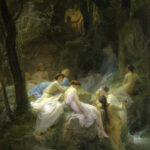

Trackbacks & Pingbacks
[…] work On Nature, see “Parmenides of Elea: What Is Versus What is Not”, by Juan Valdez 2016 at https://snowconesdiaries.com/2016/09/30/parmenides-of-elea-what-is-versus-what-is-not and Parmenides entry in the Stanford Encyclopedia of Philosophy at […]
[…] work On Nature, see “Parmenides of Elea: What Is Versus What is Not”, by Juan Valdez 2016 at https://snowconesdiaries.com/2016/09/30/parmenides-of-elea-what-is-versus-what-is-not and Parmenides entry in the Stanford Encyclopedia of Philosophy at […]
Leave a Reply
Want to join the discussion?Feel free to contribute!